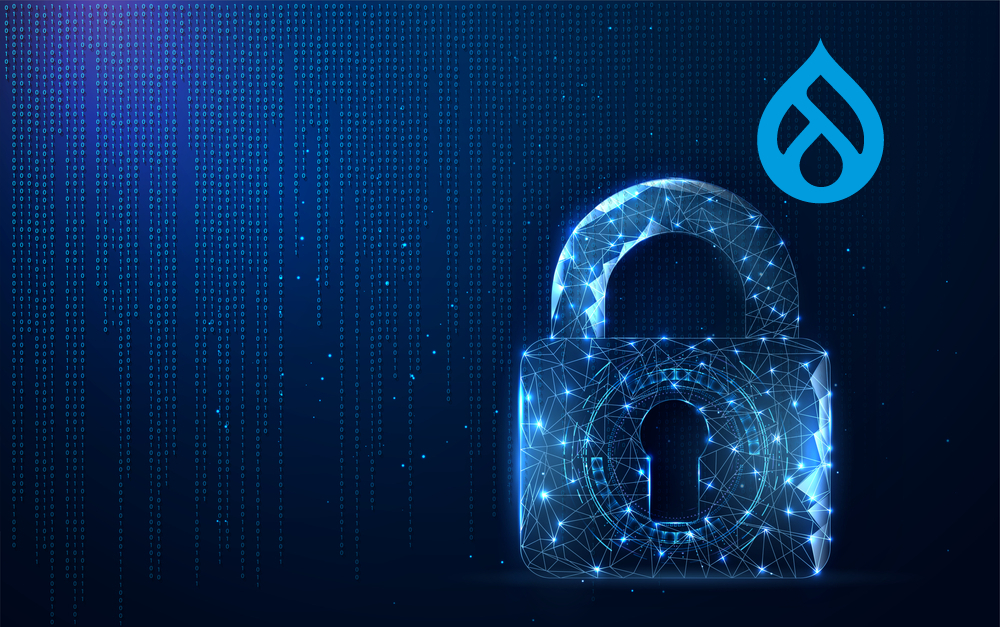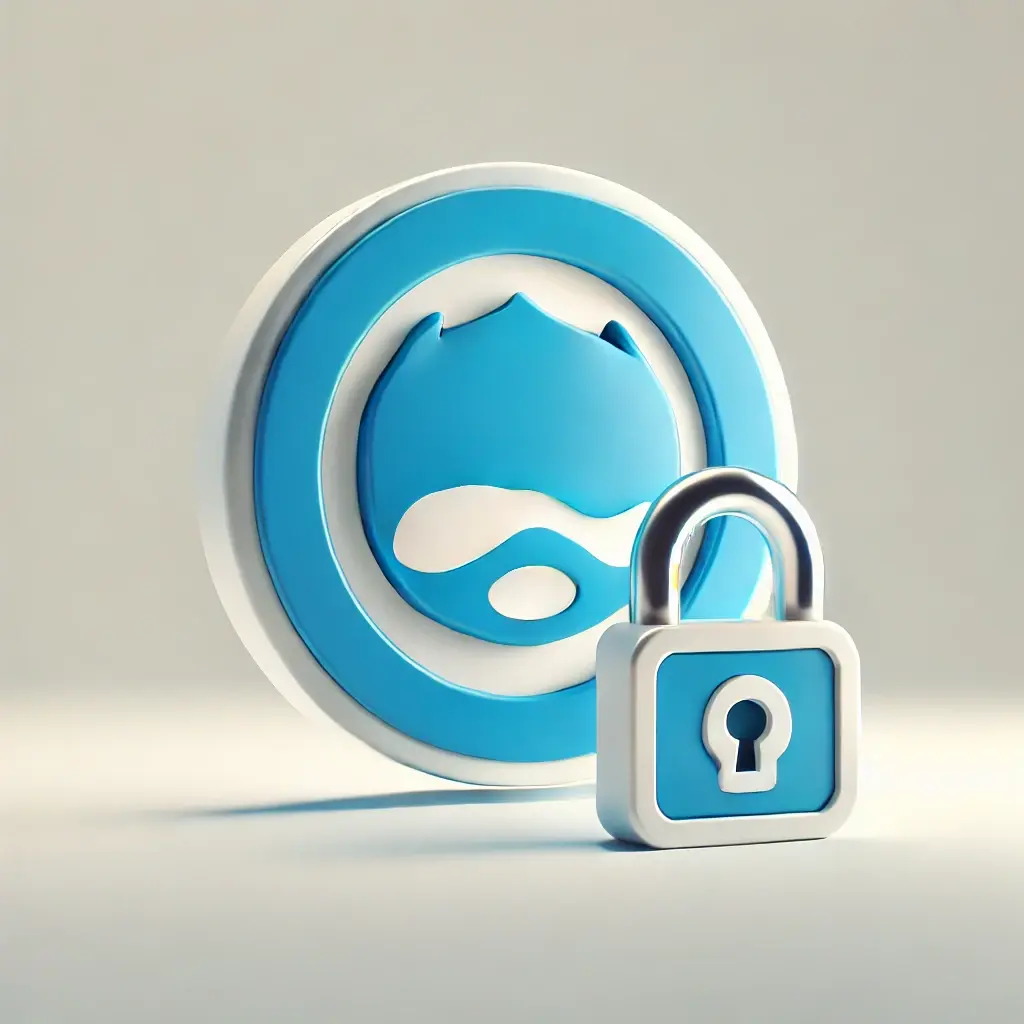In today’s digital landscape, securing your website is more crucial than ever. With cyber threats constantly evolving, it is imperative to ensure that your Drupal site is fortified against potential attacks.
Drupal, known for its robust and flexible content management system (CMS), offers a range of tools and strategies to enhance your site’s security.
This blog post delves into the essential measures and tools that can help you safeguard your Drupal site effectively.
Understanding the Importance of Drupal Security

Drupal powers millions of websites, making it a popular target for hackers. A security breach can lead to data theft, site defacement, and loss of user trust.
Therefore, implementing strong security practices is vital to protect your website and its users.
1. Keep Drupal Core and Modules Updated
One of the most basic yet critical security practices is to keep your Drupal core and modules up to date.
Updates often include patches for known vulnerabilities. Ignoring these updates can leave your site exposed to attacks.
- Regular Updates: Subscribe to the Drupal Security Mailing List to receive notifications about the latest updates.
- Automated Updates: Use tools like Composer to automate the update process for both the core and modules.
2. Use Strong Passwords and Two-Factor Authentication (2FA)
Weak passwords are an open invitation for attackers. Enforce strong password policies and implement two-factor authentication to add an extra layer of security.
- Password Policies: Utilize modules like Password Policy to enforce rules regarding password strength and expiration.
- Two-Factor Authentication: Modules like TFA can be used to integrate two-factor authentication into your Drupal site, requiring users to provide an additional verification code sent to their mobile device.
3. Secure User Roles and Permissions
Properly configured user roles and permissions are crucial for preventing unauthorized access.
- Minimal Privileges: Assign the minimum required permissions to each user role. Avoid using the admin account for day-to-day tasks.
- Regular Audits: Periodically review user roles and permissions to ensure they are still appropriate for the current needs.
4. Implement HTTPS and Secure Server Configuration
Securing the communication between your server and users is essential to prevent data interception.
- SSL Certificates: Install an SSL certificate to enable HTTPS on your site. Services like Let’s Encrypt provide free SSL certificates.
- Server Hardening: Ensure your server configuration is secure. This includes disabling unnecessary services, using secure protocols, and keeping the server software updated.
5. Use Security Modules
Drupal offers several modules specifically designed to enhance security. Here are a few must-have security modules:
- Security Kit (SecKit): Provides various security hardening options to protect against common vulnerabilities such as XSS and CSRF.
- Paranoia: Helps you identify and fix security holes by detecting where your site is granting more permissions than necessary.
- Honeypot: Prevents spam bots from submitting forms on your site by adding hidden fields that are invisible to human users but detectable by bots.
6. Regular Backups
Regular backups are your safety net in case of a security breach. Ensure that you have a robust backup strategy in place.
- Automated Backups: Use modules like Backup and Migrate to schedule regular backups of your database and files.
- Offsite Storage: Store backups in a secure offsite location to protect against data loss due to server compromise or failure.
7. Monitor and Analyze Traffic
Monitoring your site’s traffic can help detect and mitigate suspicious activities early.
- Monitoring Tools: Use tools like Google Analytics and Drupal’s core statistics module to track and analyze site traffic.
- Intrusion Detection Systems (IDS): Implement IDS tools to detect and respond to potential security incidents in real time.
8. Conduct Security Audits
Regular security audits can help identify and address vulnerabilities before they can be exploited.
- Automated Scans: Use tools like Qualys SSL Labs and Acunetix to perform automated security scans of your site.
- Manual Audits: Engage with security professionals to conduct thorough manual audits, focusing on custom code and configurations.
9. Educate Your Team
A well-informed team is your first line of defense against security threats. Ensure that everyone involved with your site understands the importance of security and knows how to maintain it.
- Training: Provide regular security training sessions for your team.
- Documentation: Maintain comprehensive security documentation and best practices for your team to follow.
10. Plan for Incident Response
Despite all preventive measures, security incidents can still occur. Having a well-defined incident response plan can minimize the damage.
- Response Team: Designate a response team responsible for handling security incidents.
- Action Plan: Develop an action plan that includes steps for containment, eradication, recovery, and communication.

Conclusion
Securing your Drupal site is an ongoing process that requires a combination of best practices, regular updates, and the use of specialized tools.
By following the strategies outlined in this post, you can significantly enhance your site’s security and protect it against potential threats.
Remember, a secure website not only protects your data but also builds trust with your users, which is invaluable in today’s digital age.
